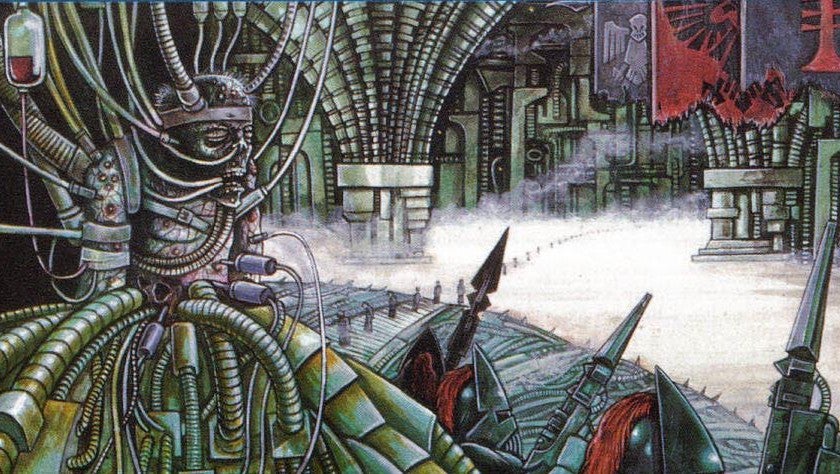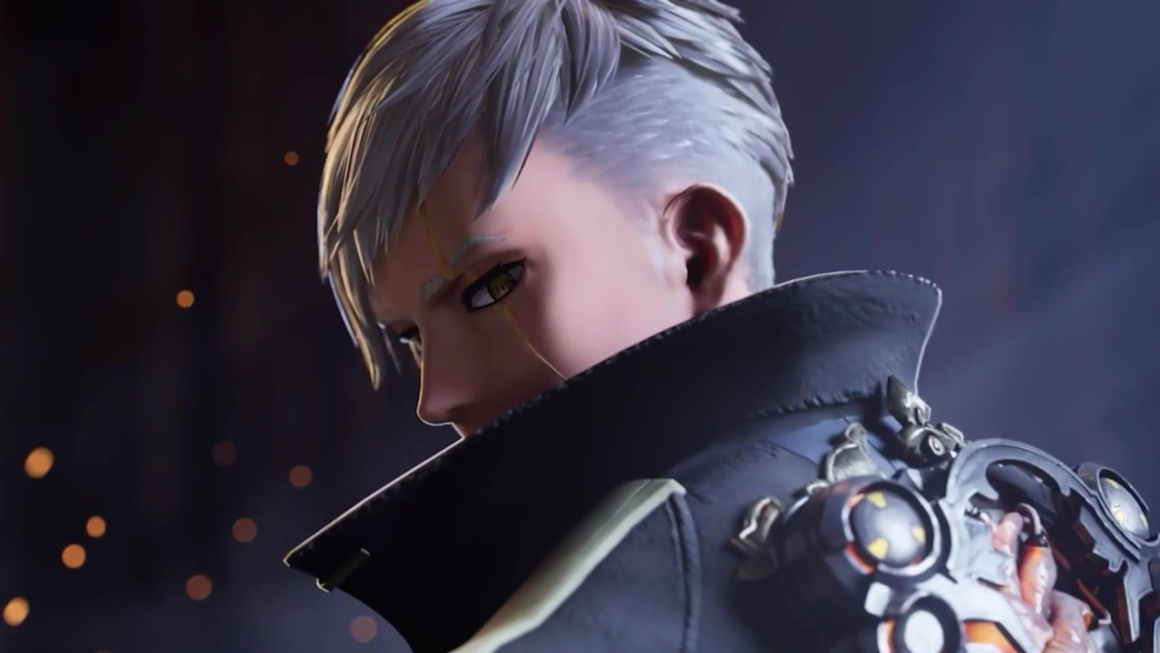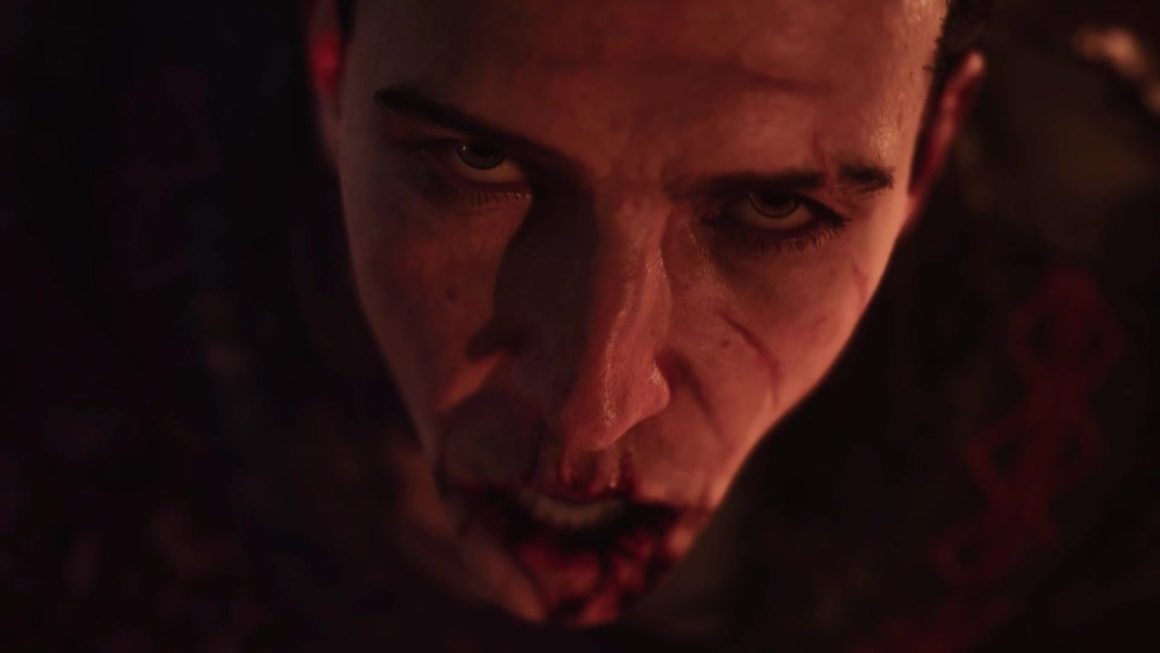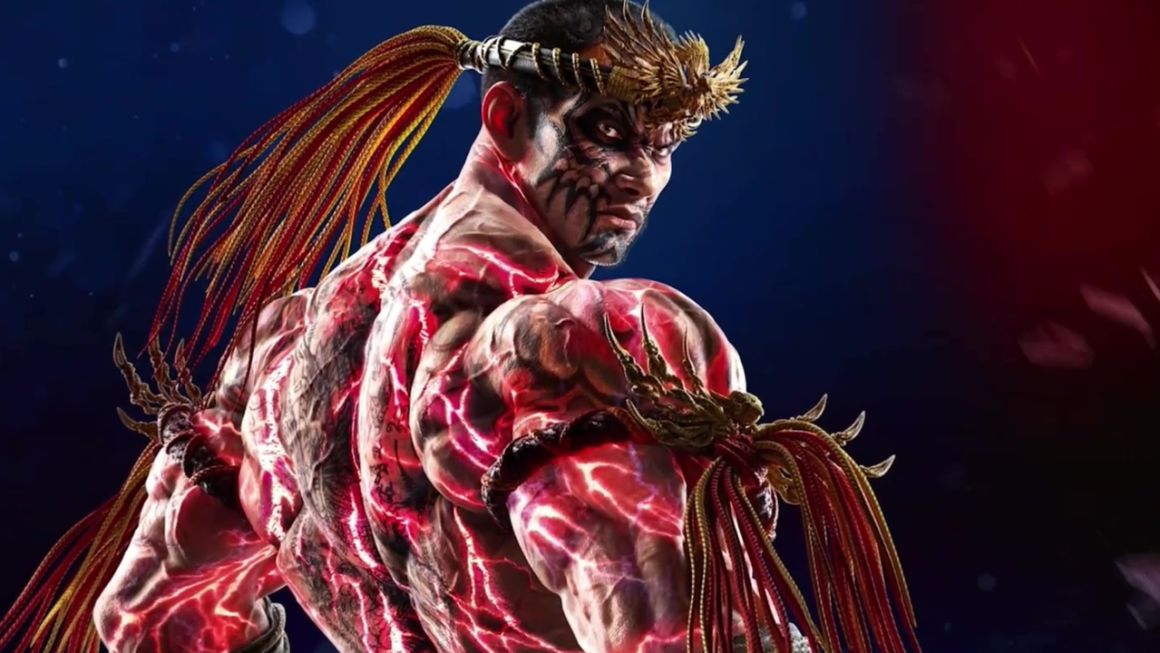A new Horus Heresy book has left Warhammer 40,000 lore fans debating the true nature of the carrion Emperor and the Golden Throne — and the possibility that two classic pieces of early art work may well offer a canon look into the setting.
Era of Ruin (the special edition of which forced Warhammer.com offline when preorders went online) is an anthology of short stories designed to bookend the Horus Heresy, the galaxy-spanning civil war between loyalist and traitor Space Marines that occurred 10,000 years before the current Warhammer 40,000 setting. The Horus Heresy saw the Emperor finally defeat his Chaos-fueled primarch son, Horus Lupercal, and save the Imperium of Man from destruction, but at a terrible cost: the near-death Master of Mankind was interred upon the Golden Throne as a carrion Emperor sustained by the daily sacrifice of thousands of psykers.
The iconic art of the God-Emperor by John Blanche, below, is seared into every Warhammer 40,000 lore fan’s mind. This is how the Emperor looks in the 41st millennium: grim, dark, and barely there at all.
But is this actually how the Emperor looks in the setting? Era of Ruin’s final short story, The Carrion Lord of the Imperium by Aaron Dembski-Bowden, is also its most interesting. It suggests the image of the God-Emperor we see in John Blanche’s art is just that in the setting: an image.

Towards the end of The Carrion Lord of the Imperium, Diocletian Coros, a Prefect of the Legio Custodesan (the Emperor’s ultra powerful and ultra loyal bodyguard), visits the Emperor at some non-specific time seemingly centuries after the end of the Horus Heresy. It’s here things get spicy:
“Through the doors, the secret doors, the one behind those renowned gateways decorated in trappings of glory,” the passage reads. “Past the graven image of the Immortal Emperor: a skull-faced warlock on a mighty throne, eternally alive on the edge of death, imposing in His majesty.
“Through that final door, which opens only to droplets of a tribune’s blood, and whose impenetrable locks take an hour to unseal.”
Let’s stop there for a second. Here, The Carrion Lord of the Imperium suggests the image fans have of the Emperor on the Golden Throne, that image informed by John Blanche’s art, is the “graven image” described in the book. It is an image in real life, and an image in the Warhammer 40,000 setting. It is propaganda. And not even propaganda for humans, who we’re told haven’t been down this far inside the Palace for generations. It is propaganda for us, the audience, and all but the most special of characters within the setting.

Which begs the question: if this image isn’t of the actual Emperor, what does the Emperor actually look like? Let’s continue:
“Inside the innermost sanctum, where the architecture of the walls is uncomfortably organic, strangely spinal. Diocletian approaches the Golden Throne, such as it is, and his kindred — naked but for their cloaks, loincloths, and black helms — move aside in his honour.
“He ascends the steps. Slowly. Not without reverence, but without the abject worship expected by the people of the Imperium. They would be horrified by its absence; but then, everything about this place would horrify them. It’s why they will never be allowed to know of it.
“At long last, Diocletian stands before his king.
“He looks past the hanging wires that resemble intestines, and the clicking, ticking life-support engines, and the preservative mist sprayed in the air in nine-second intervals. He looks past the blood bags and vitae-packets linked intravenously to the thing on the throne, which is just a chair compared to the great and grand artworks: a throne without the capital T that makes it both a curse and the salvation of the species.
“He looks at the revenant husk of something that was somehow once, somehow still is, a man. Something that shouldn’t be alive, and arguably isn’t by any mortal measure. Something tortured by its own impossible continuation — physically starved and psychically bloated on the feast of souls it’s forced to devour every day of its endless and agonising existence.
“Or is it forced? Maybe it craves this. Maybe it hungers.”
There’s more to this final section of the book, but there’s no need to run through it. We have what we need: the Emperor described here is very different to the Emperor in the John Blanche art (“a throne without the capital T”). We hear of Adeptus Custodes wearing black helms guarding the Emperor, “hanging wires that resemble intestines,” blood bags and preservative mist.
Some fans believe this passage describes a very early piece of Warhammer 40,000 art found within the 1987 Rogue Trader rulebook (the 1st Edition of the Warhammer 40,000 core rulebook). It shows the Emperor in a different light, complete with blood bag, mist, wires that resemble intestines, and those Custodes with the black helms.

It’s safe to say Warhammer 40,000 lore fans are loving every word of this short story. Not only does it reference two classic depictions of the Emperor — potentially even dragging them both into the canon — but it’s all very grim-dark in the way 40K should be. If this passage means what fans think it means, Era of Ruin makes a 28-year-old piece of Warhammer 40,000 art not only relevant to the setting in 2025, but part of an explosive revelation about the true nature of the Emperor himself.
Indeed, the legendary John Blanche has spoken of this before in interviews, revealing his art was never meant to depict the “real” Emperor, rather it was meant to show an image of the Emperor pilgrims who had made their way to Terra would gaze upon as they arrived at what they thought was the God of Mankind’s throne. The “real” Emperor, Blanche believes, is kept in a glass tube behind this facade, connected to all kinds of machinery. And so in turn Warhammer 40,000 fans have been hoodwinked.
Black Library author Dan Abnett, who is behind some of the key Warhammer 40,000 lore and novels, has expressed a similar idea in interviews, and even called into question the existence of a throne room at all.
Whatever Games Workshop’s big plan for the Emperor (some believe he is sort of waking up), what fans can safely say is Era of Ruin offers perhaps the clearest depiction yet of the true nature of the Golden Throne and the carrion Emperor within it. Even better, it brings into the setting classic pieces of early Warhammer 40,000 art, now revived and relevant as Warhammer 40,000 looks even further into the future.
Image credit: Games Workshop.
Wesley is Director, News at IGN. Find him on Twitter at @wyp100. You can reach Wesley at wesley_yinpoole@ign.com or confidentially at wyp100@proton.me.



